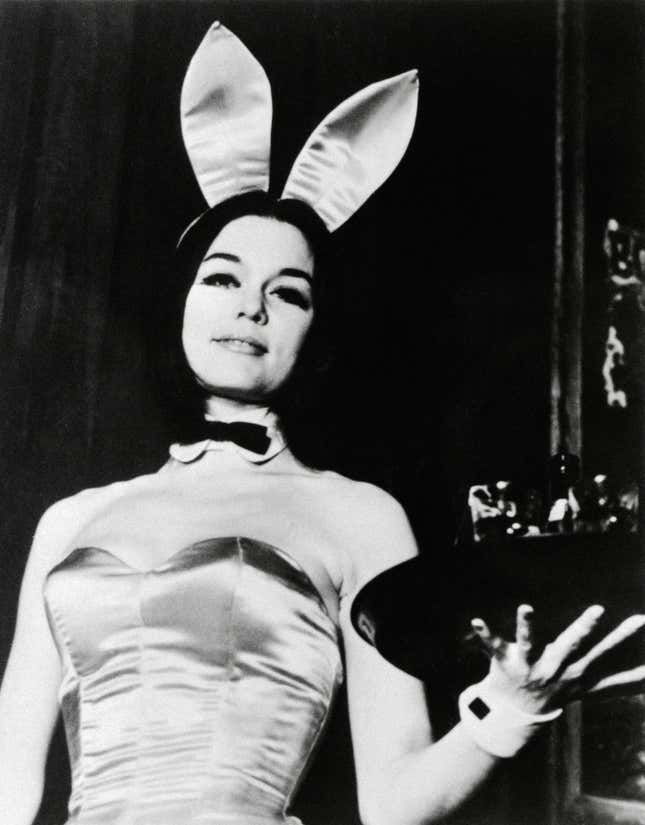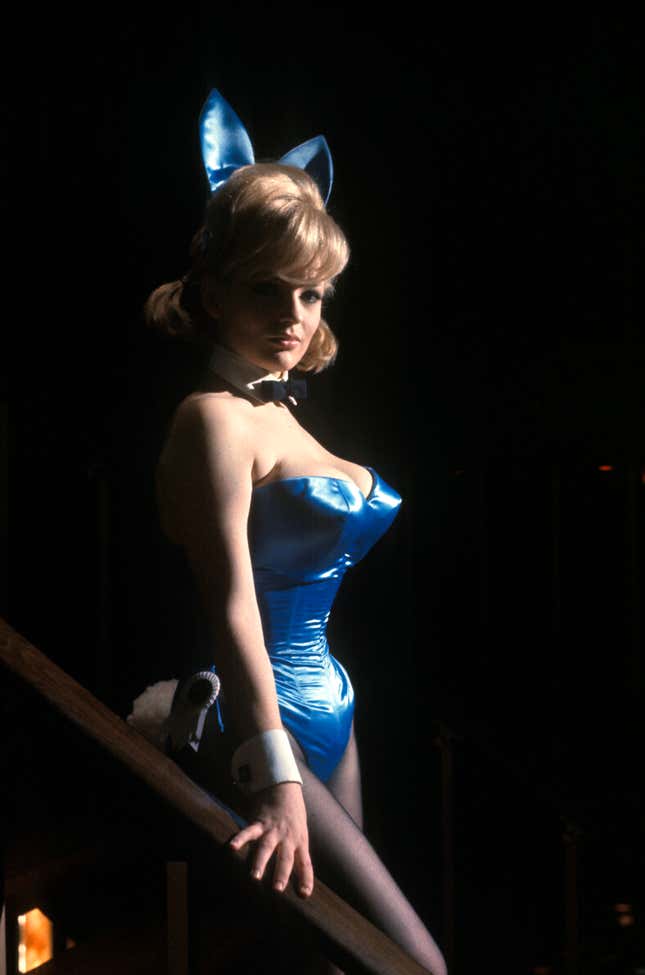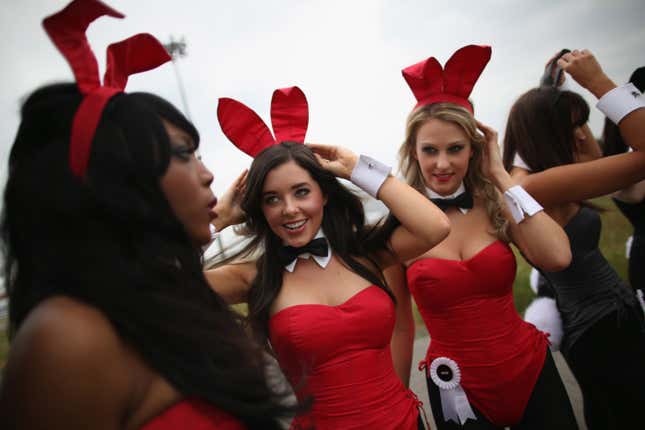Why We’re Still Dressing Up as the Playboy Bunny
It is the sexy, storied Halloween costume that will never die.
In DepthIn Depth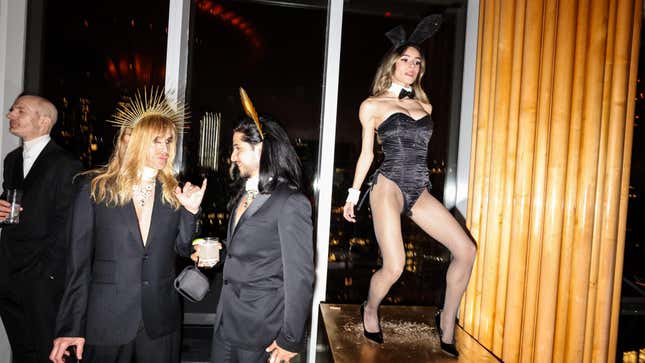
Photo: Rebecca Smeyne
There are two types of characters on display during the month of October: those who plan their Halloween costumes six months in advance, and those who find themselves power-walking around a Spirit Halloween on Hallow’s eve looking for cheap lingerie to be turned into something generically suggestive, like “sexy cat” or “sexy alien.” Last year, I was the latter: frazzled, a vape in my mouth, hoping to find resolve in a cloud of nicotine that purported to taste like “blue raspberry ice” but didn’t, and a marked-down costume that was supposed to mean something to me but wouldn’t.
Medieval knights, canceled politicians, Flintstones…the offerings were uninspired. Such is the despair of procrastinating. But on a corner rack, I found something that sparked my interest—a relic that, culturally speaking, should have been boxed up in the basement.
If I showed you photos of my Halloween costume that year, you’d be led to believe I had dressed in earnest as the deceased hellion and former Playboy emperor Hugh Hefner. On that day in October 2021, we already knew who “Hef” really was. The man who claimed Playboy magazine was both the answer to sexual repression and the engine of the women’s liberation movement had weaponized the desire for tasteful pornography into something much more sinister. We also knew that he used the women he propped his legacy upon, affixing bunny tails to their bottoms only to ensnare them in hare-sized traps.
But I wasn’t dressed up as Hugh Hefner. Ignore the silk robe, the pipe, the purple belt at my waistline. With the addition of Bunny ears and blonde tresses, I was, instead, a Playmate freshly emerged from the gruesome murder of her captor. “I killed Hugh and stole his stuff, oopsies,” I wrote in an Instagram caption from the night. The costume was intended to be subversive, or so I told myself.
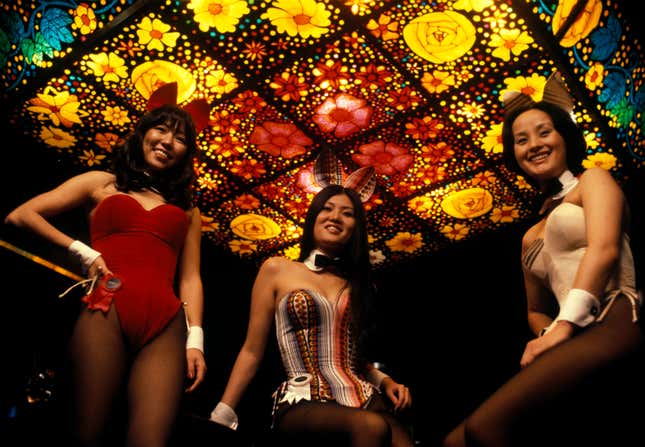
My colleague Audra Heinrichs, as it turns out, also once told herself a story in order to don the iconic Playboy Bunny costume for Halloween. Nearly a decade ago, when she was 20 years old, she dressed up as Gloria Steinem conducting her undercover reporting assignment as a Bunny. And amidst Playboy’s efforts for all-inclusive rebranding, young people today seem to be following suit. One woman dressed up as feminist icon Elle Woods dressed up as a Playboy Bunny in Legally Blonde. One chose to fashion herself as a dead (or bleeding?) Bunny, while another took on the role of an ironic Hefner and demanded her male friends dress up as her Bunnies.
@laurenashleybeck Hi I’m #ElleWoods #ellewoodscostume #halloweencostumeideas2022 #playboybunnycostume @Lorlie.com #lorlieofficial
We tell ourselves stories to feel justified in wearing the Playboy Bunny costume. But for a garment that’s inextricable from the poisoned legacy of its creator, I’m not sure why we believe them.
-

-

-

-

-

-

-

-

-

-

-

-

-

-

-

-

-

-

-

-

-

-

-

-

-

-

-

-

-

-

-

-

-

-

-

-

-

-

-

-

